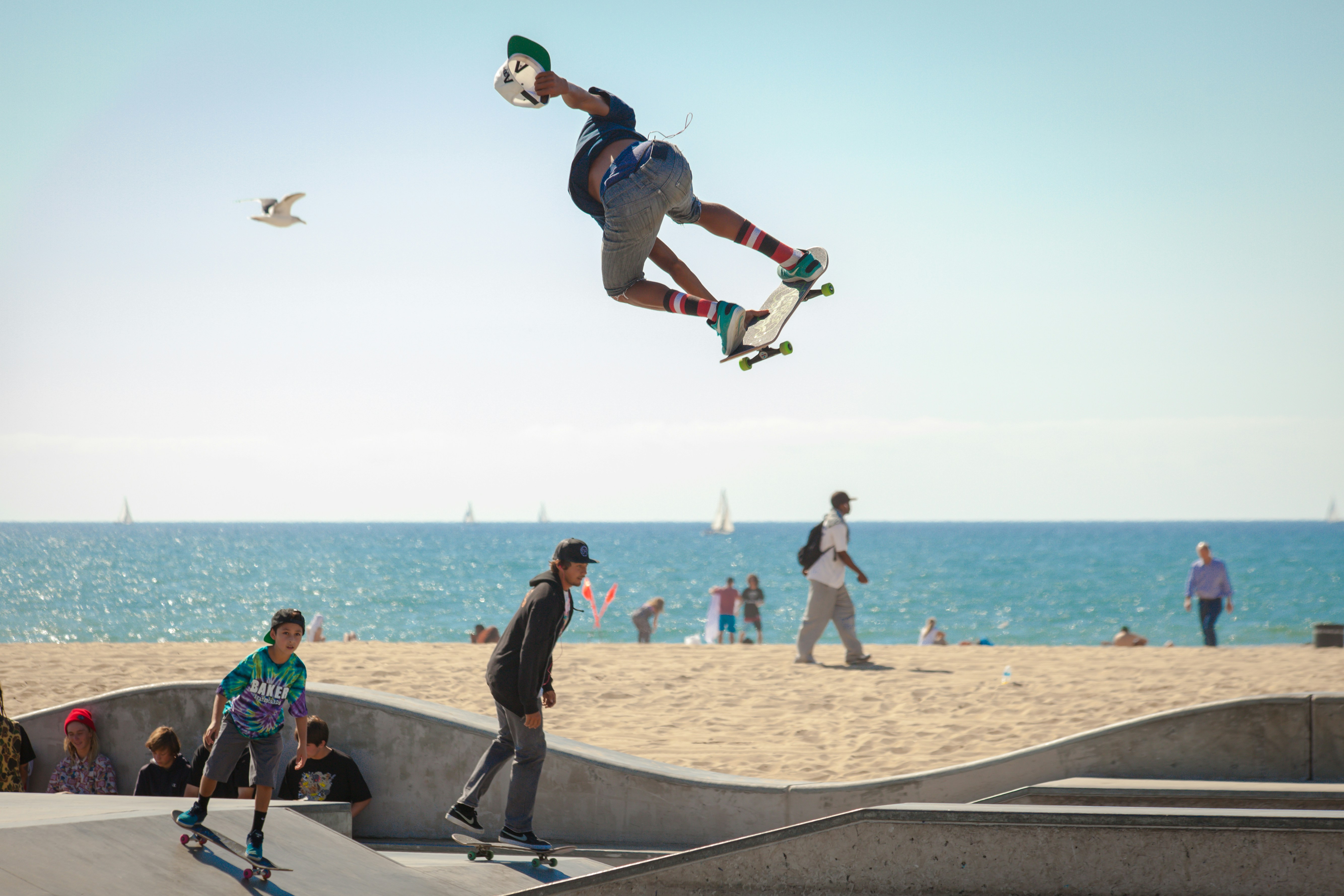A Glimpse into the Ancient Beginnings of Surfing
The art of surfing boasts a rich history that can be traced back to ancient Polynesian cultures, most notably in Hawaii. The earliest records suggest that surfing was not merely a sport, but rather a significant aspect of the social and spiritual fabric of these communities. For the Polynesians, riding the waves symbolized a connection to the ocean, which was both a provider and a central element of their identity. The activity fostered relationships among individuals and played a role in their storytelling and cultural rituals.
In its nascent stages, surfing was practiced using handmade boards known as “olo” and “alaia.” These boards were typically constructed from lightweight timber, such as the wood of the koa and breadfruit trees, which were indigenous to the Hawaiian islands. The length and shape of these early surfboards varied significantly, often catering to the specific waves and conditions of local beaches. The craftsmanship involved in creating these boards reflected the deep respect surf culture held for nature and the ocean. Each board was an expression of personal identity, with designs often reflecting the family lineage or social status of the surfer.
The spiritual significance of surfing in ancient Hawaiian society cannot be overstated. It was considered a sacred act that honored the gods of the ocean, and skilled surfers were held in high esteem. Oral traditions were developed around the sport, where tales of legendary surfers and their feats were passed down through generations. These stories not only celebrated prowess and bravery but also imparted essential lessons about respect for the ocean and the importance of harmony with nature. Thus, surfing emerged as much more than a physical endeavor; it was intricately woven into the social and spiritual life of ancient Polynesian cultures.

Surfing in the 19th Century: A Cultural Renaissance
The 19th century heralded a remarkable revival of interest in surfing, predominantly influenced by European explorers and settlers who encountered the sport in Hawaii. This period saw the emergence of fascination surrounding Hawaiian culture, with surfing recognized as a vital aspect of community life. European visitors such as Mark Twain chronicled their experiences in the islands, painting surfing as an exhilarating and captivating activity. Their accounts contributed to the awareness and allure of surfing, igniting curiosity among those residing outside of the Hawaiian Islands.
Central to this cultural renaissance was Duke Kahanamoku, a pioneering figure whose legacy extended far beyond the shores of Hawaii. Kahanamoku’s remarkable feats as a swimmer and surfer introduced surf culture to the mainland United States and beyond. He not only showcased his Afro-Hawaiian heritage but also became a cultural bridge, drawing international attention to the sport. By the early 20th century, Kahanamoku’s demonstrations and competitions helped to establish surfing as an emblematic activity indicative of a laid-back lifestyle associated with the beach.
During this era, the design and material composition of surfboards underwent a significant transformation. Early wooden boards began to evolve into lighter, more maneuverable forms, which fostered greater creativity in surfing techniques and styles. Innovations in construction materials, including the introduction of hollow boards and the use of fiberglass, greatly enhanced performance, making surfing more accessible to a wider audience. This evolution in surfboard technology mirrored the broader shifts in societal interests towards recreational and leisure activities, cementing surfing’s place in the emerging beach culture.
The 19th century was a pivotal period in the history of surfing, characterized by cultural exchange and technological advancement. The passion for surfing spurred by figures like Duke Kahanamoku, along with the innovation in board design, played an essential role in shaping the sport’s future and its integration into the fabric of beach culture. Such developments reinforced surfing as more than just a sport; it became a symbol of freedom and coastal lifestyle, setting the stage for its evolution in the 20th century.

The Modern Era: Surfing’s Global Expansion
During the mid-20th century, particularly in the 1950s and 1960s, surfing transitioned from a niche pastime into a worldwide phenomenon, marking a significant evolution of surf culture. This period is characterized by the emergence of surf music and films, which played a crucial role in popularizing the sport. Iconic movies like “Gidget” and “The Endless Summer” showcased surfing not only as a sport but as a lifestyle, capturing the imagination of millions and portraying surfers as cultural icons. These cinematic representations contributed to an explosive growth in the popularity of surfing, inspiring countless individuals to take to the waves.
Surf music, with its upbeat rhythms and catchy melodies, further fueled this cultural expansion. Bands such as The Beach Boys and Jan and Dean heralded a new era where surfing was at the forefront of American youth culture. Their songs celebrated the thrill of riding waves, creating a sound that resonated with surf enthusiasts and helped solidify surfing’s place in popular culture. The intersection of these musical elements with surf films fostered a vibrant community that embraced the sport, fashion, and lifestyle unique to the surfing world.
As surfing gained notoriety, a series of professional competitions emerged, establishing a competitive framework that transformed the sport. The inaugural World Surfing Championships in 1964 marked a pivotal moment, as surfing began to be recognized as a legitimate sport on the global stage. This professionalizing of the sport also saw the rise of surf brands that catered to an expanding audience. Companies capitalized on the growing demand for surf equipment and apparel, leading to the development of subcultures defined by regional styles and surf conditions. Today, surfing is a multifaceted global community, influenced by its diverse origins yet unified by a shared passion for the ocean.

The Future of Surfing: Trends and Innovations
The future of surfing is poised for significant transformations driven by contemporary trends and innovations. As climate change increasingly affects ocean conditions, surfers are becoming more environmentally conscious. This urgency has sparked the growth of eco-friendly practices within the surfing community, where sustainable materials for surfboards and environmentally responsible business models are gaining traction. Brands are accelerating the development of boards made from recycled or biodegradable materials, addressing both environmental concerns and the demand for responsible surfing gear.
Technological advancements in surfboard design are another critical aspect of surfing’s evolution. Innovations such as the integration of smart technology in surfboards allow surfers to track their performance metrics, thus enhancing their skills and the overall experience. These boards might feature built-in sensors that monitor wave conditions and provide real-time feedback, ultimately transforming traditional surfing experiences into data-driven adventures.
The influence of social media is also profoundly reshaping surf culture. Platforms like Instagram and TikTok have become pivotal in branding and community development within the sport. Surfers leverage these platforms to share their experiences and showcase their unique styles, leading to an increase in visibility for diverse surf communities. Inclusivity and diversity are now more prevalent in surfing, attracting individuals from various backgrounds and encouraging broader participation in the sport.
Additionally, the rise of alternative surfing styles, such as paddleboarding and wave foiling, illustrates how surfers are exploring new modalities. As these variants gain popularity, they highlight the adaptive nature of the sport, encouraging wider engagement. In conclusion, surfing is entering an era characterized by innovation, inclusivity, and a commitment to sustainability, promising a dynamic future for all who ride the waves.





Leave a Reply